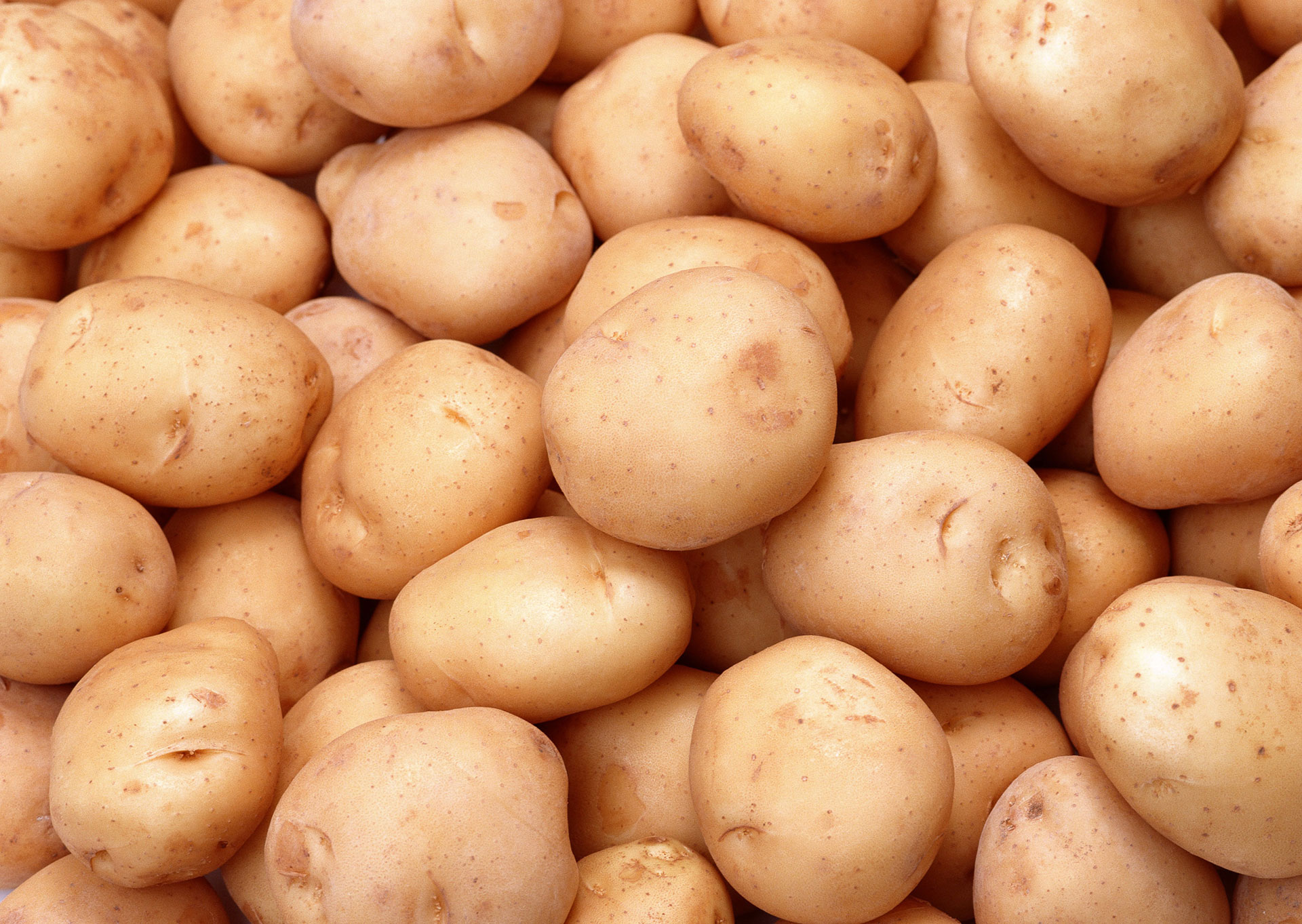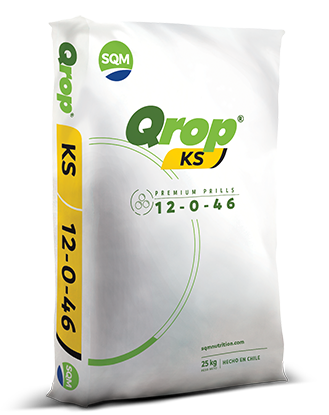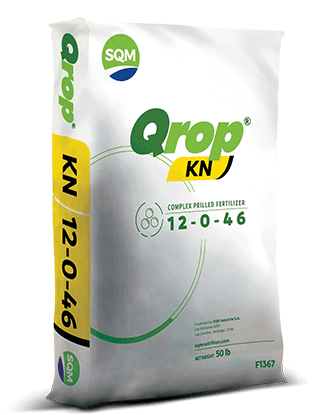The dynamics of photoassimilates distribution between foliage and tubers throughout potato’s life-cycle.

Production and percent distribution of dry matter produced by a potato crop (cv. Russet Burbank)
During the bulking stage of tubers, potatoes require high day-time temperatures (18 to 20°C) and lower night-time temperatures (12 to 14°C) in order for carbohydrates to accumulate. This temperature regime helps the accumulation of dry matter, thanks to enhanced carbohydrate production, and minimized carbohydrate consumption by respiration. Once the carbohydrates have been produced, they are transported to the different organs via phloem. Magnesium and boron play a central role in this process, but mainly potassium.

Potassium is the main osmotic regulator of plants, and it directly participates in the stream of photoassimilates via phloem.
Magnesium, boron and notably potassium are the principal elements that enable the translocation of carbohydrates from the leaves to the tubers.






